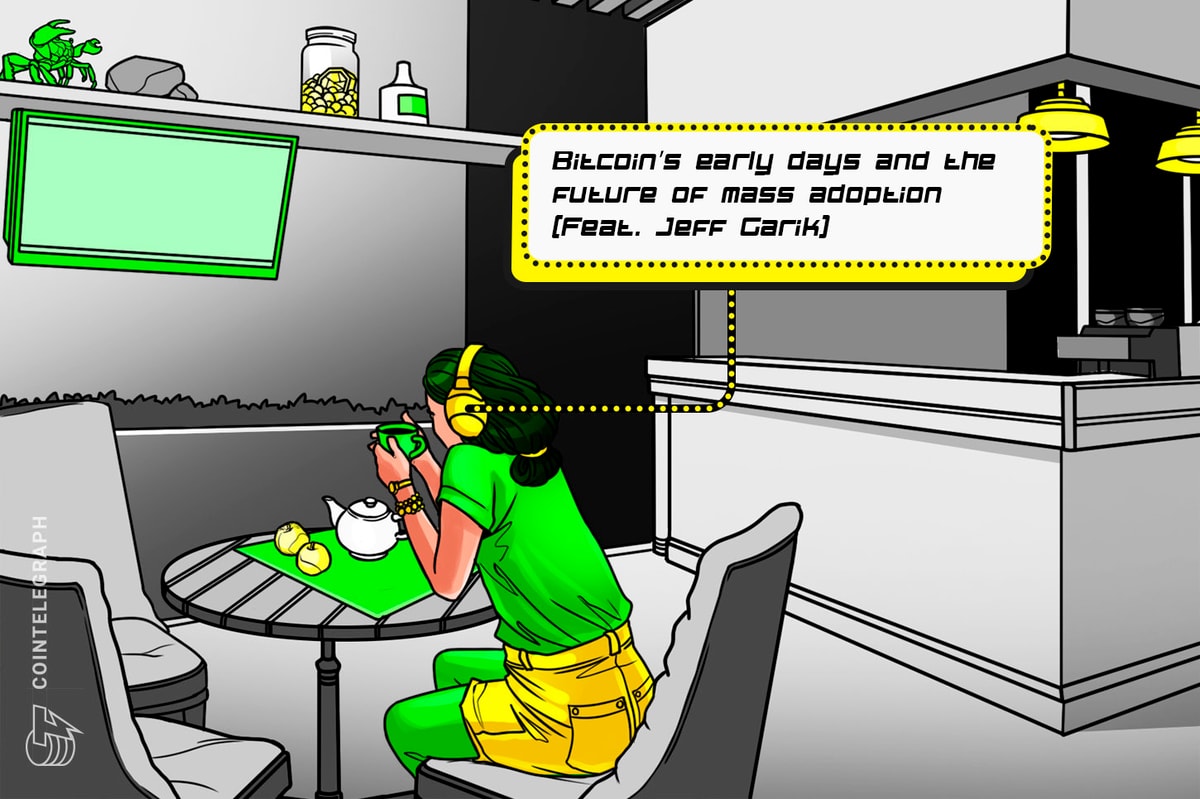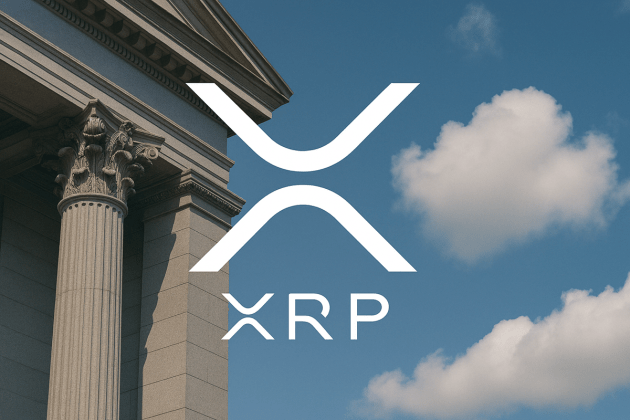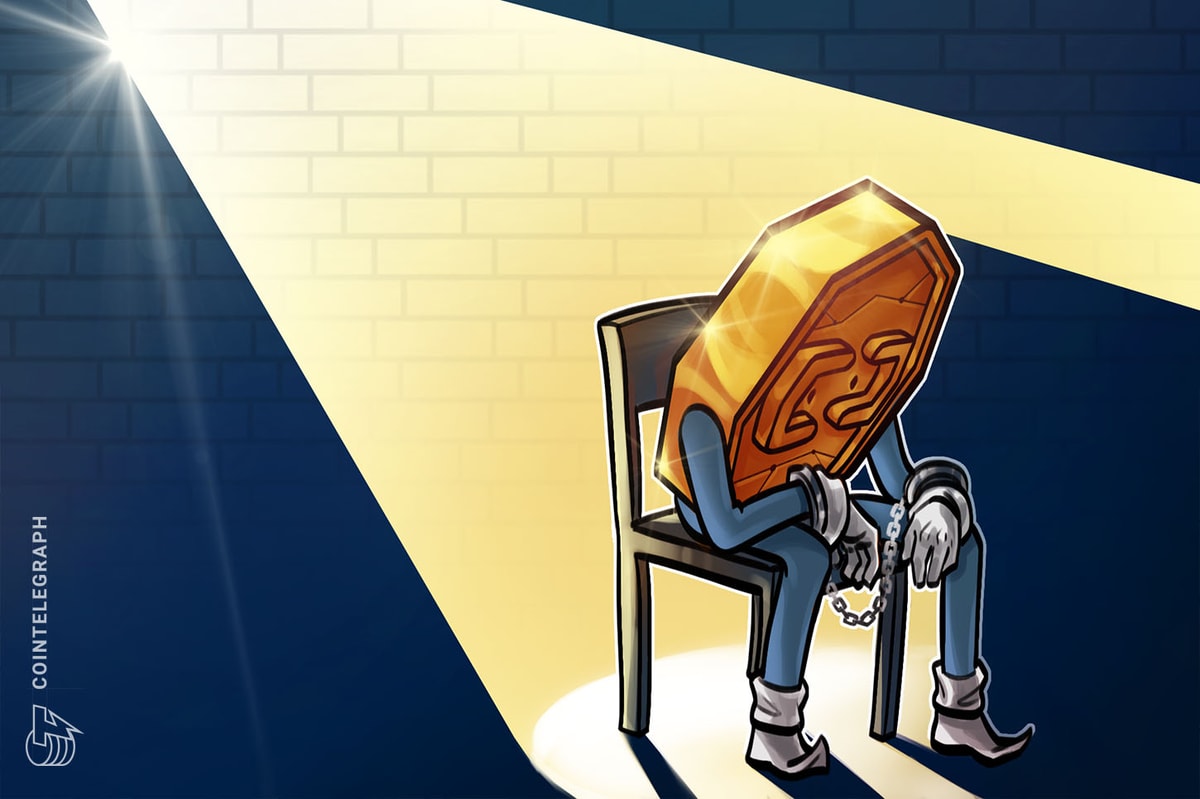Since its global debut on Oct. 31, 2008, Bitcoin has grown from a whimsically ambitious idea to an asset with a multitrillion-dollar market capitalization that is reforming how financial institutions view money.
Despite its nearly unbelievable journey from a mere idea to catalyzing a revolution within finance, many people say there is much more that Bitcoin (BTC) can accomplish.
On Episode 50 of The Agenda podcast, hosts Ray Salmond and Jonathan DeYoung chat with Hemi co-founder Jeff Garzik about his experience as a Bitcoin developer, extraordinary stories from the digital asset’s fledgling years and how Hemi aims to equip Bitcoin with additional use cases by bridging its ecosystem with that of Ethereum.
Bitcoin is a “bombproof” blockchain, but more functionality is needed
Bitcoin has established itself as a medium of exchange, store of value and a handful of other things, but its integration into other aspects of the industry, like decentralized finance and decentralized applications, pales in comparison to the ecosystems available on the Ethereum and Solana blockchains.
According to Garzik, one issue that complicates Bitcoin’s growth within these spaces is transaction costs when the network is congested and some differences in code, which can complicate interoperability.
“So, just like on the highway, you’ve got congestion pricing. In some highways, if the highway is really congested, then the congestion pricing fee is very high. If the highway is pretty empty of cars, then the congestion fee is very low or even free.”
Garzik said that Hemi is focused on the Bitcoin network’s “upward trajectory,” where rollups, layer 2s and other ancillary transaction processing routes become seamless, everyday options for the network. Garzik described such a scenario as “the next stage of evolution for Bitcoin writ large.”
“Bitcoin is now growing into the ability to scale across multiple dimensions, meaning multiple layer 2s and users will benefit from that additional programmability. [...] But they’re still building on Bitcoin. They’re still extending Bitcoin. They’re still using Bitcoin, the token. So, it’s really a new permutation. It’s a new evolution of Bitcoin, the organism, as I like to call it.”
Related: Bitcoin life insurance is offering BTC hodlers new tax advantages
There’s still more to Bitcoin than its dollar value
Nowadays, when you hear any mention of Bitcoin, your mind probably immediately fixates on its price — but Garzik says that there’s still much more to BTC than that. To him, Bitcoin is just another one of the many examples of how open-source technologies positively impact people’s lives on a day-to-day basis.
Harkening back to his early days as a Bitcoin developer, Garzik recalled how he and others feared arrest for potentially violating the Stamp Payments Act of 1862, and how one of their primary goals was to convince people to accept BTC as payment in real life.
“As a young developer in the year 2010, I didn’t know if I was going to get arrested for simply working on a new currency that was not the US dollar. I didn’t know if I was going to get arrested for violating the Stamp [Payments] Act, which is one of many laws in the United States that might have, we theorized, covered Bitcoin. Thankfully, it’s not [in violation].”
To hear more from Garzik’s conversation with The Agenda — including his vision for the future of the Bitcoin network and more fascinating stories from BTC’s early years — listen to the full episode on Cointelegraph’s Podcasts page, Apple Podcasts or Spotify. And don’t forget to check out Cointelegraph’s full lineup of other shows!
Magazine: Make Ethereum feel like Ethereum again: Based rollups explained
This article is for general information purposes and is not intended to be and should not be taken as legal or investment advice. The views, thoughts, and opinions expressed here are the author’s alone and do not necessarily reflect or represent the views and opinions of Cointelegraph.










